
Chiapas. End of Silence
Chiapas’ Historical Context “Now, the traditional community has been transforming sharply since the end of the last century, with the incorporation of the region to the capitalist system. Many of the land recovered with the Cardenismo, ... Leer más
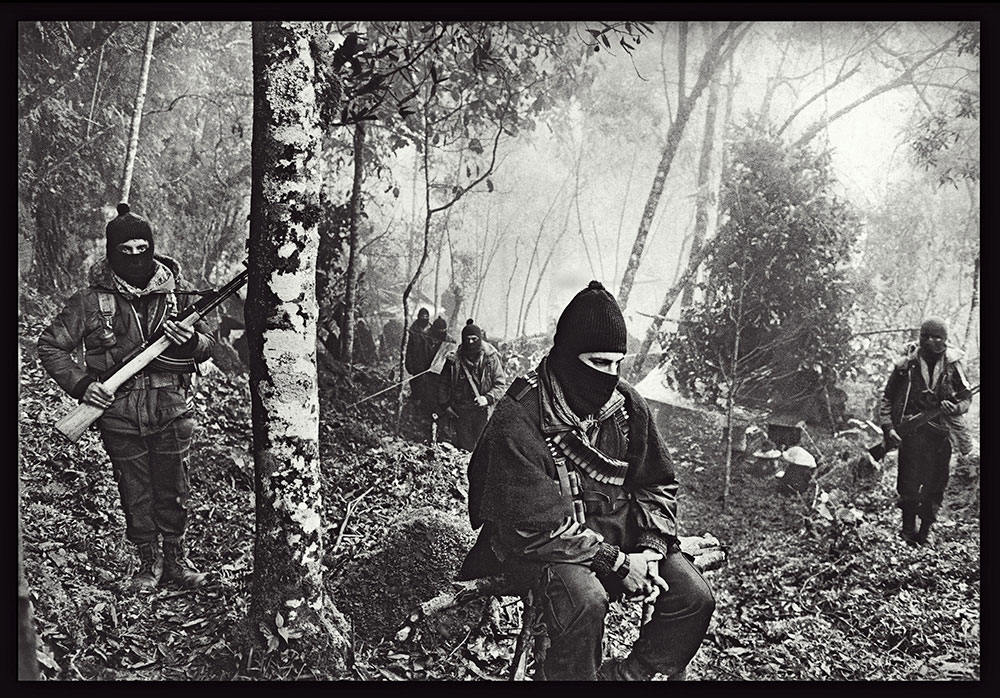
ZAPATISTA UPRISING, 1994
Women in Chiapas “In Mexico in the past decades, it has gone from the almost total exclusion of women from the social ownership of the land to some progress manifested in the increase of community members and commoners, the participation in ... Leer más
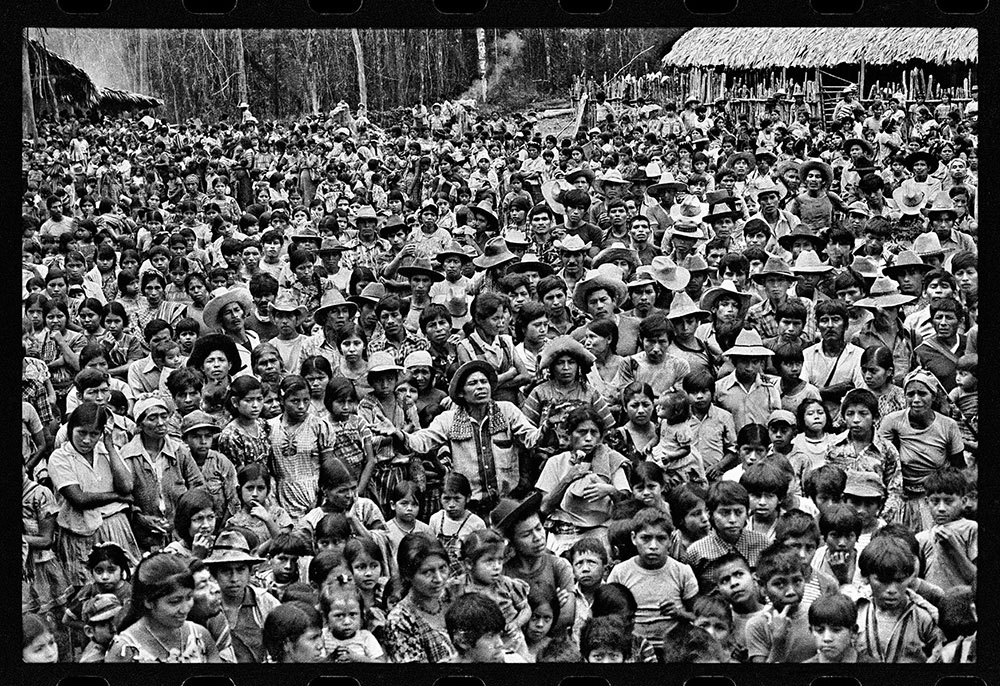
Guatemalan refugees in Mexico, 1981
The region divided by a border “As Central American problems brewed again, the bordering character made itself present, in all its dimensions, of all the municipalities that had accustomed to a dividing line with little impact on the daily ... Leer más

Guatemala. Land of the Quetzal 1982 – 1993
Background to the civil war “In this sense the Guatemalan Spring [1944-1954] as it is called, commonly well valued, had an elitist and limited nature because it didn’t include the diverse identity citizens. Indigenous people were defined ... Leer más

Nicaragua.Sandinista Revolution, 1983 – 1986
The process “The violence in which the labor and agrarian struggles were interrupted in the 1950s (in Honduras, Guatemala, and El Salvador) and the ideological repression from that time contributed to the emergence of the guerrilla ... Leer más
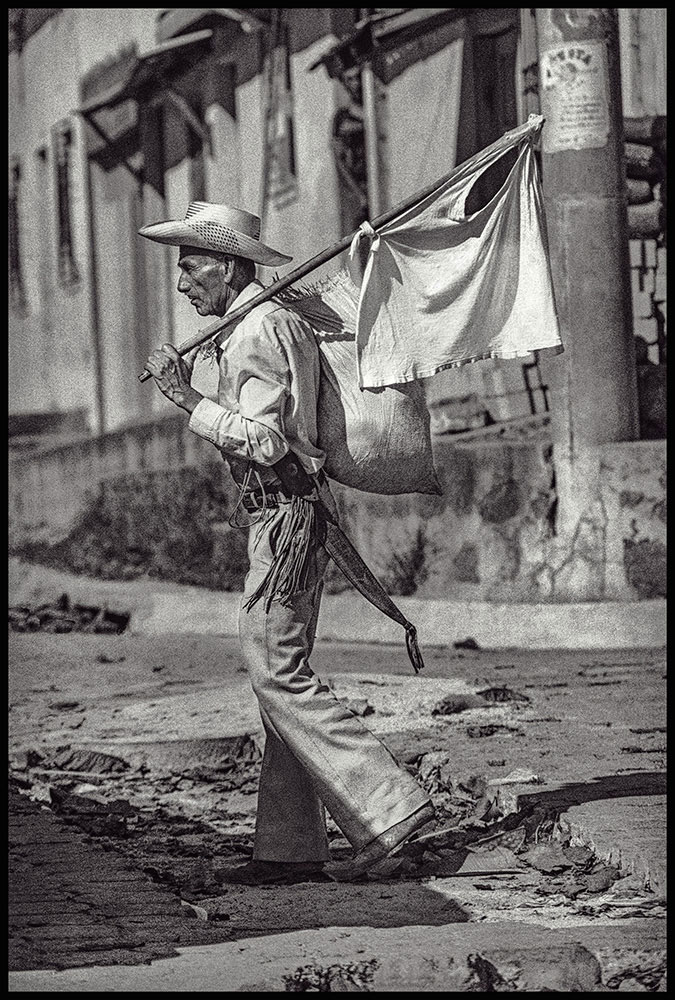
El Salvador. The final offensive, 1989
Rural Context “The land and land ownership, these are key issues in a state whose main products are coffee and cotton. An export market for these products soon spread also necessitated an early extension of the acreage in the second half of the last century. The benefits for coffee and cotton growers in El Salvador considerably expanded and found only an obstacle on the road to wealth and well-being: Indigenous people. The land the Indians work was the basis of livelihood for their families and communities village or tribe. It is understandable that they were not interested in selling their possessions to coffee and cotton ... Leer más
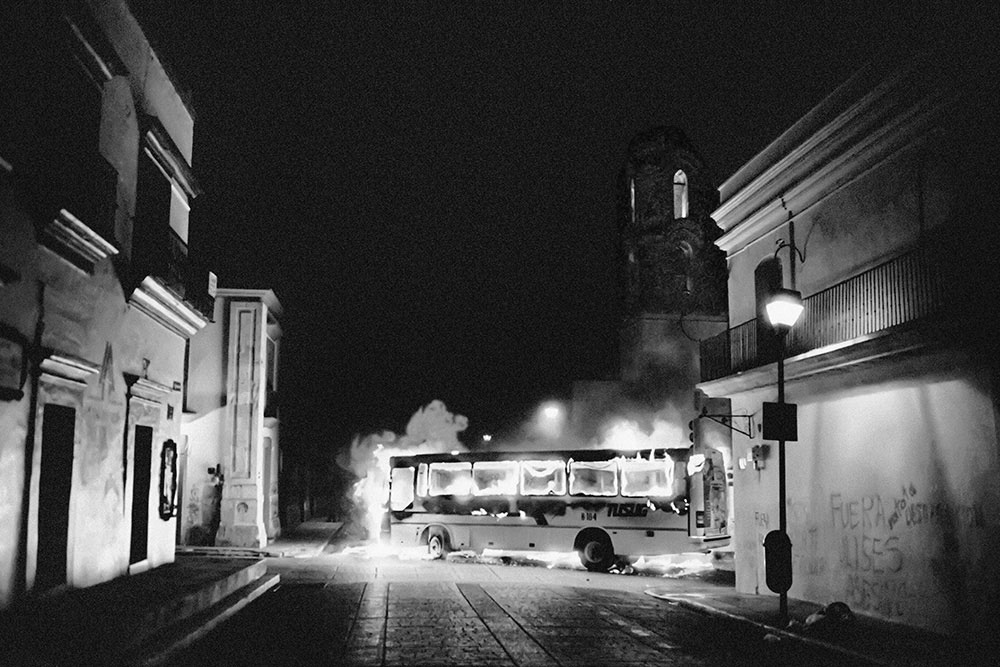
Oaxaca. Teachers movement, 2006
Fights for the power “Oaxaca is a state full of social problems. Tourism centre in Southern Mexico, its areas of prosperity are surrounded by shantytowns that live mostly, by money transfers sent by migrants by migrant workers. Mainly ... Leer más
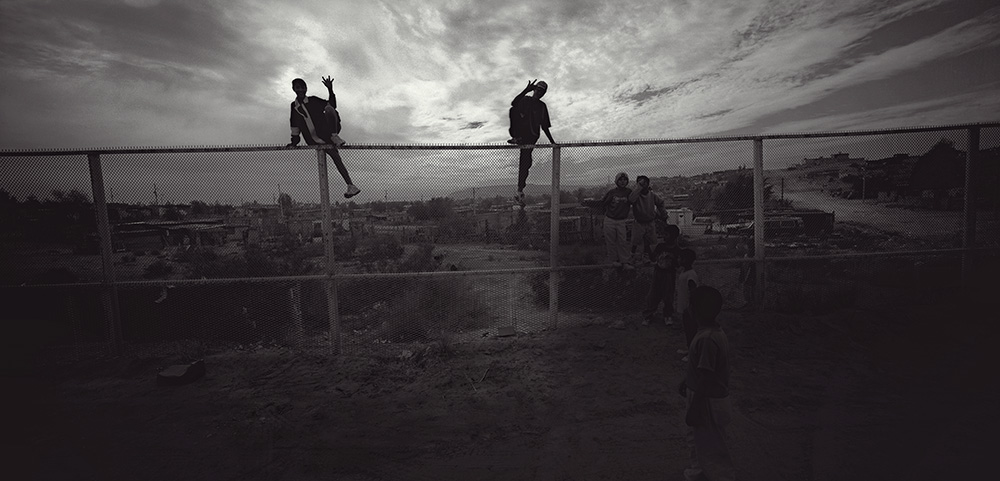
Frontier Mexico – United States
The border in the collective imaginary “The Nothern Border has, for a long ... Leer más
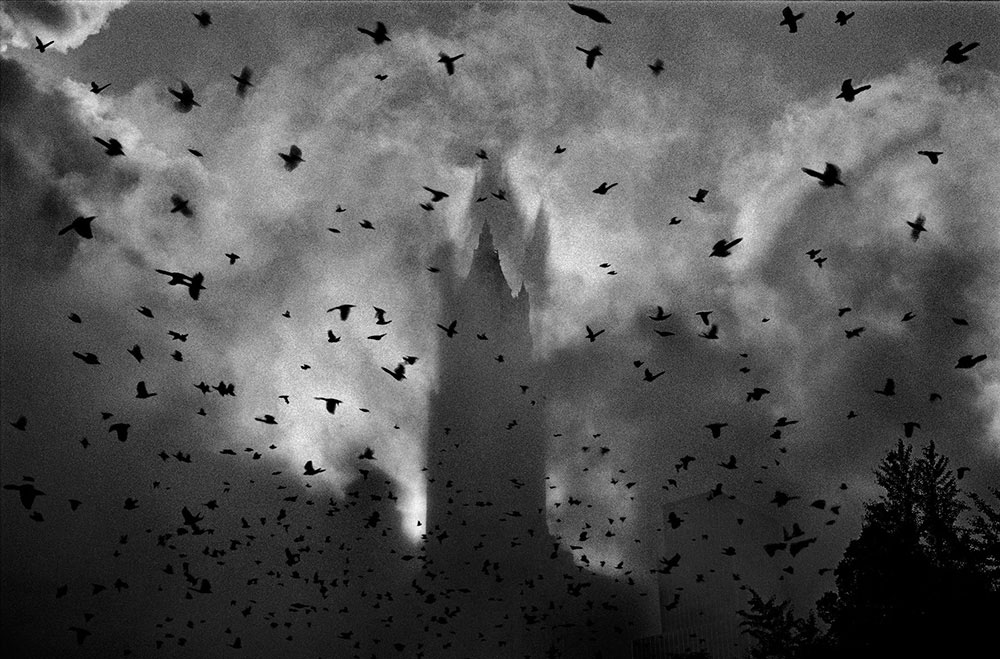
NEW YORK. WORLD TRADE CENTER, 2001
The war on terrorism “The terrorist acts of 9/11 disrupted the foundations of the international system of early twenty-first century. From that moment, the war on terrorism became the linchpin of the new system and the doctrine of ... Leer más
